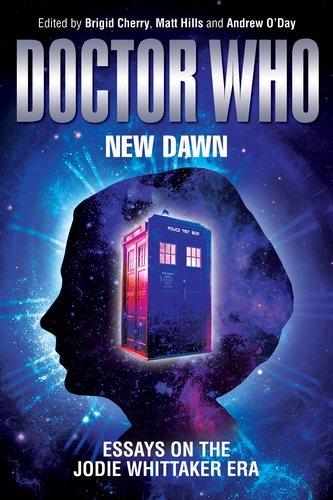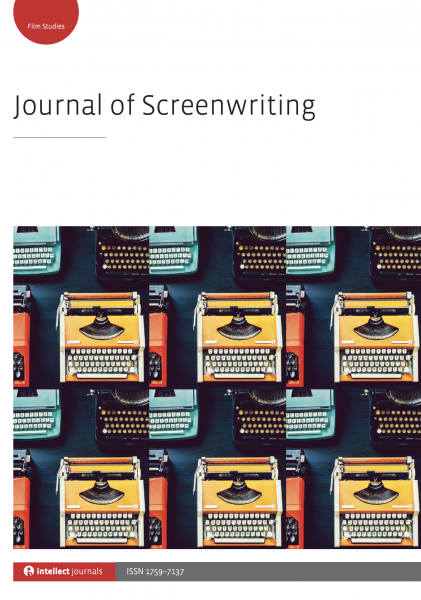In researching and writing my book on Giuseppe and Anita Garibaldi and the unification of Italy (A Man Of Action Saving Liberty: A Novel Based On The Life Of Giuseppe Garibaldi) I re-discovered the first American female war correspondent – Margaret Fuller — who I had first met in a college course on the Transcendentalists. I was once again fascinated by a life lived purposefully.
Then I found Tammy Rose’s podcast on the Transcendentalists – Concord Days – and was delighted when she asked me to guest for a discussion of Fuller’s work in Italy as both a journalist – and a nurse. — Rosanne
Watch this entire presentation
Concord Days sends love to Margaret Fuller on the anniversary of her death in 1850.
The conversation focuses on Margaret’s exciting days in ITALY!
Dr. Rosanne Welch takes us through her adventures and enthusiastically reminds us what she was like when she was living her best life!
Transcript:
Tammy: So she gets to Italy and like what is her assignment? To like write every week or just whenever she wants or…
Rosanne: Whatever dispatches. So because of course, we don’t have as fast communication as one would love. So you’ve got to get whatever you get when you get it. you have to get to a place where you can transmit that information in the midst of there’s little battles happening everywhere you know. She’s just in Reiti, which is right outside of Rome and that’s where Giuseppe Garibaldi — who is the man who united Italy right — that’s his thing and that’s where I came more modern-day.
Tammy: Ooo look at that.
Rosanne: Yeah I was actually…
Tammy: I feel like during this conversation you should just be like and this is the book I wrote and then this is the book…
Rosanne: Well this one I was asked to do a historical novel based on Garibaldi who is this hero in Italy for organizing and what happened was he and his wife Anita — who’s a Brazilian woman — because he left Italy. He went to Brazil. Tried to get some stuff happening in Brazil. Didn’t work. He failed but he learned so much and there were a ton of Italian people living in brazil and they knew that his goal was to unite Italy, their home country, and so his wife Anita came with him to do that and she’s another fascinating woman and the fact that she and Margaret are going to become friends because they become nurses together taking care of the soldiers who fall in this battle.
Tammy: Wow
Rosanne:…and that fascinates me.
Podcast: Play in new window | Download
Subscribe: RSS
![12 Fuller and Garibaldi from Concord Days: Margaret Fuller in Italy [Video]](https://rosannewelch.com/wp-content/uploads/2021/10/rmw-concord-day-2021-fuller-rome-12.jpg)

![19 Bingability from Worry and Wonder | The Courier Thirteen Podcast [Video]](https://rosannewelch.com/wp-content/uploads/2021/10/rmw-courier-13-19.jpg)
![45 Casting and Production Issues from There And Back Again: Writing and Developing for American TV [Video]](https://rosannewelch.com/wp-content/uploads/2021/10/rmw-oxford-brookes-45.jpg)


![06 Dorothy Parker from “Female Creatives & A Star Is Born” [Video]](https://rosannewelch.com/wp-content/uploads/2021/10/rmw-women-creatives-star-is-born-usc-06.jpg)

![11 Underestimated? from Concord Days: Margaret Fuller in Italy [Video]](https://rosannewelch.com/wp-content/uploads/2021/10/rmw-concord-day-2021-fuller-rome-08.jpg)
![18 Murdoch Mysteries from Worry and Wonder | The Courier Thirteen Podcast [Video]](https://rosannewelch.com/wp-content/uploads/2021/09/rmw-courier-13-18.png)
![44 Sneaky Methods from There And Back Again: Writing and Developing for American TV [Video]](https://rosannewelch.com/wp-content/uploads/2021/09/rmw-oxford-brookes-44.jpg)
